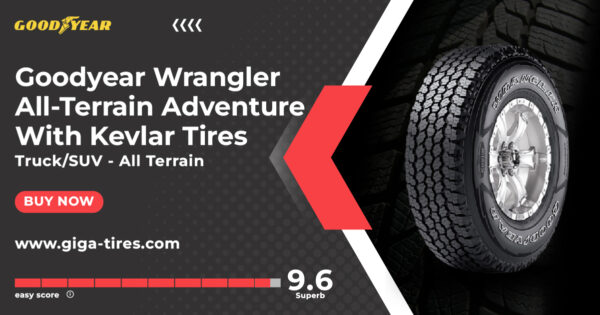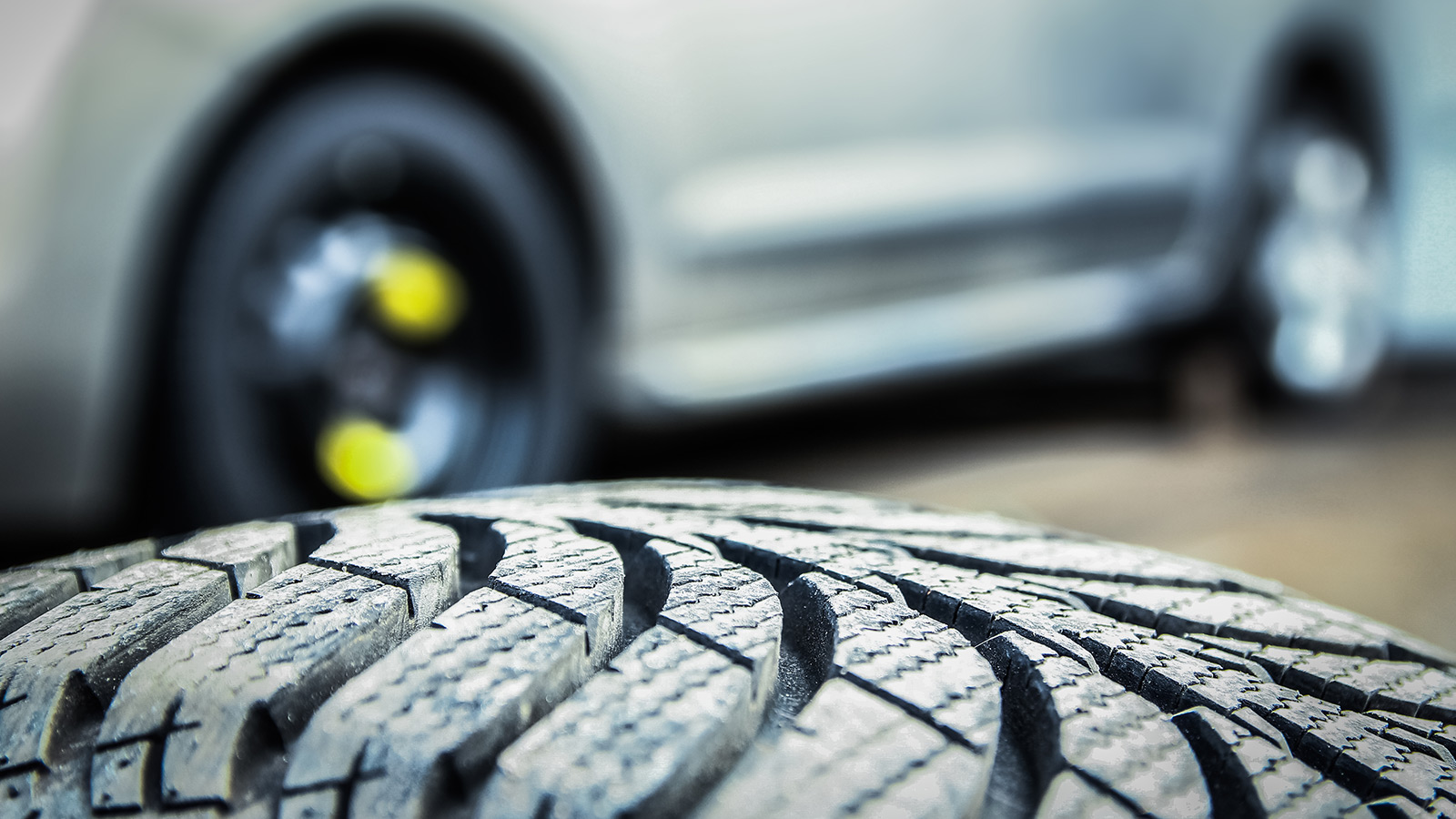All Categories
Featured
Table of Contents
I was able to get 100 hours out of among these tires, and while it had absolutely no tire lugs left on it, the soft compound made it work really wellas long as I was utilizing a soft mousse. Kitt Stringer photo Easy mounting - 3Wear - 3Sidewall toughness - 3Performance on origins - 4Performance on wet rocks - 2Traction on dust - 5Cornering capacity - 4Traction while stopping - 4Self-clearing of dust and mud - 3Performance in mud - 3Overall predictability or tracking - 3 _ 37 Verdict: This is an excellent well-rounded tire with good value for money.

The wear was constant and I like the length of time it lasted and just how constant the feel was throughout usage. This would also be an excellent tire for faster races as the lug dimension and spacing little bit in well on quick surface. Kitt Stringer photo Easy placing - 3Wear - 3Sidewall toughness - 3Performance on origins - 4Performance on wet rocks - 4Traction on dust - 4Cornering capability - 4Traction while stopping - 5Self-clearing of dirt and mud - 4Performance in mud - 4Overall predictability or monitoring - 4_42 Final thought: I liked this tire a whole lot.
If I needed to buy a tire for tough enduro, this would be in my leading option. Easy installing - 3Wear - 3Sidewall stamina - 3Performance on roots - 4Performance on damp rocks - 3Traction on dirt - 4Cornering capability - 3Traction while stopping - 3Self-clearing of dust and mud - 4Performance in mud - 4Overall predictability or tracking - 3 _ 34 Verdict: This tire was really soft and flexible.
All the gummy tires I evaluated carried out rather close for the very first 10 hours or two, with the victors going to the softer tires that had far better grip on rocks (Tyre fitting services). Buying a gummy tire will absolutely give you a strong benefit over a routine soft compound tire, however you do pay for that benefit with quicker wear
Reliable Tyre Shop Services (Dayton)
Best worth for the rider that desires decent efficiency while getting a reasonable amount of life. Finest hook-up in the dirt. This is an ideal tire for spring and autumn conditions where the dust is soft with some moisture still in it. These tried and tested race tires are great all over, however use rapidly.
My total champion for a tough enduro tire. If I had to spend cash on a tire for everyday training and riding, I would pick this one.
Top Tyre Repair Services (Dayton WA)
I have actually been running a set of Michelin Power Pilot 2CT's on my track Daytona 675 for the past year. In that time I have actually done 15 track days in all weathers from cold damp to very warm and these tyres have never ever missed a beat. Tyre repair services. I've done almost 2,000 miles (3,200 kilometres) on them and as you can see from this shot of the front taken after first session of my 15th track day on them, they still have fairly a lot of rubber left on them
Simply put the 2CT is an amazing track day tyre. If you're the kind of motorcyclist that is most likely to encounter both damp and completely dry problems and is starting on track days as I was in 2015, after that I believe you'll be difficult pressed to discover a much better value for cash and experienced tire than the 2CT; a set of which will set you back around 185 (US$ 300) in the UK.
Developing a far better all rounded road/track tyre than the 2CT need to have been a hard task for Michelin. The result of that effort is the Michelin Pilot Power 3 which basically changes the Pure. Don't puzzle this brand-new tyre with the roadway going Pilot Road 3 which is not developed for track usage (although some riders do).
They motivate significant self-confidence and offer amazing grasp degrees in either the wet or the completely dry. When the Pilot Power 3 launched, Michelin suggested it as a 50:50% road: track tire. That message has actually lately altered due to the fact that the tires are now recommended as 85:15% road: track usage instead. All the rider reports that I've read for the tyre price it as a better tire than the 2CT in all areas but specifically in the wet.
Leading Cheap Tyres Near Me
Technically there are numerous differences between both tyres also though both use a dual compound. Visually you can see that the 2CT has fewer grooves cut right into the tyre however that the grooves run to the edge of the tire. The Pilot Power 3 has even more grooves for much better water dispersal yet these grooves don't get to the shoulder of the tyre.
One facet of the Pilot Power 3 which is various to the 2CT is the new 2CT+ innovation which prolongs the harder center section under the softer shoulders (on the back tyre). This ought to offer more security and reduce any type of "squirm" when increasing out of edges regardless of the lighter weight and even more versatile nature of this brand-new tire.

I was slightly uncertain regarding these reduced pressures, it turned out that they were great and the tires performed really well on track, and the rubber looked better for it at the end of the day. Equally as a point of referral, other (quick team) cyclists running Metzeler Racetecs were utilizing tire pressures around 22-24 psi for the back and 24-27 psi on the front.
Developing a far better all round road/track tire than the 2CT have to have been a tough task for Michelin. The result of that initiative is the Michelin Pilot Power 3 which basically replaces the Pure. Don't puzzle this new tyre with the roadway going Pilot Road 3 which is not developed for track use (although some cyclists do).
Tyre Shop – Dayton
When the Pilot Power 3 released, Michelin recommended it as a 50:50% roadway: track tyre. All the rider reports that I've checked out for the tyre price it as a far better tire than the 2CT in all locations but especially in the wet.

Technically there are plenty of distinctions in between both tires although both utilize a twin compound. Visually you can see that the 2CT has less grooves cut into the tire yet that the grooves run to the side of the tyre. The Pilot Power 3 has more grooves for better water dispersal but these grooves do not get to the shoulder of the tire.
One aspect of the Pilot Power 3 which is different to the 2CT is the new 2CT+ modern technology which extends the harder center section under the softer shoulders (on the back tire). This must provide much more stability and decrease any kind of "wriggle" when speeding up out of corners in spite of the lighter weight and even more adaptable nature of this new tire.
I was a little uncertain about these reduced stress, it turned out that they were great and the tires carried out actually well on track, and the rubber looked much better for it at the end of the day - Tyre rotation. Simply as a factor of recommendation, various other (quick team) motorcyclists running Metzeler Racetecs were making use of tire stress around 22-24 psi for the back and 24-27 psi on the front
Latest Posts
Affordable Tyre Checks Near Me
Leading Tyre Packages – Stirling
Tyre Installation Near Me ([:suburb])